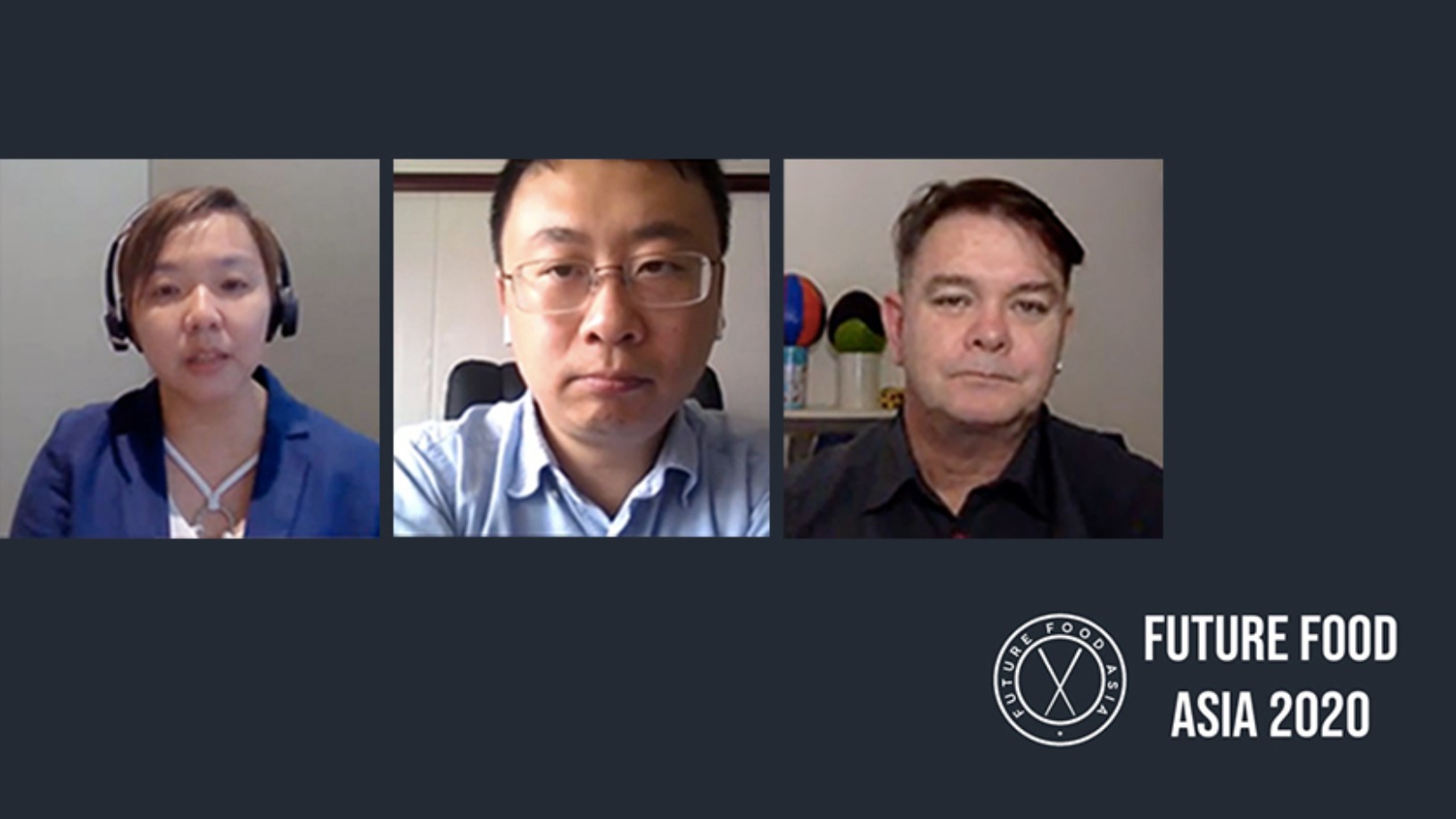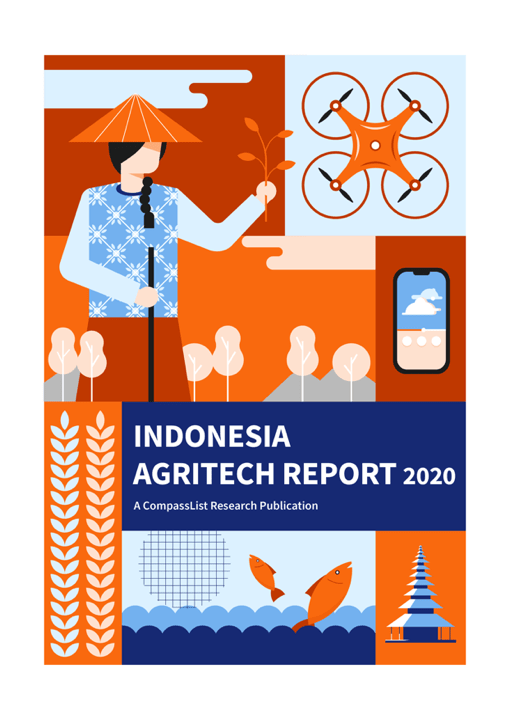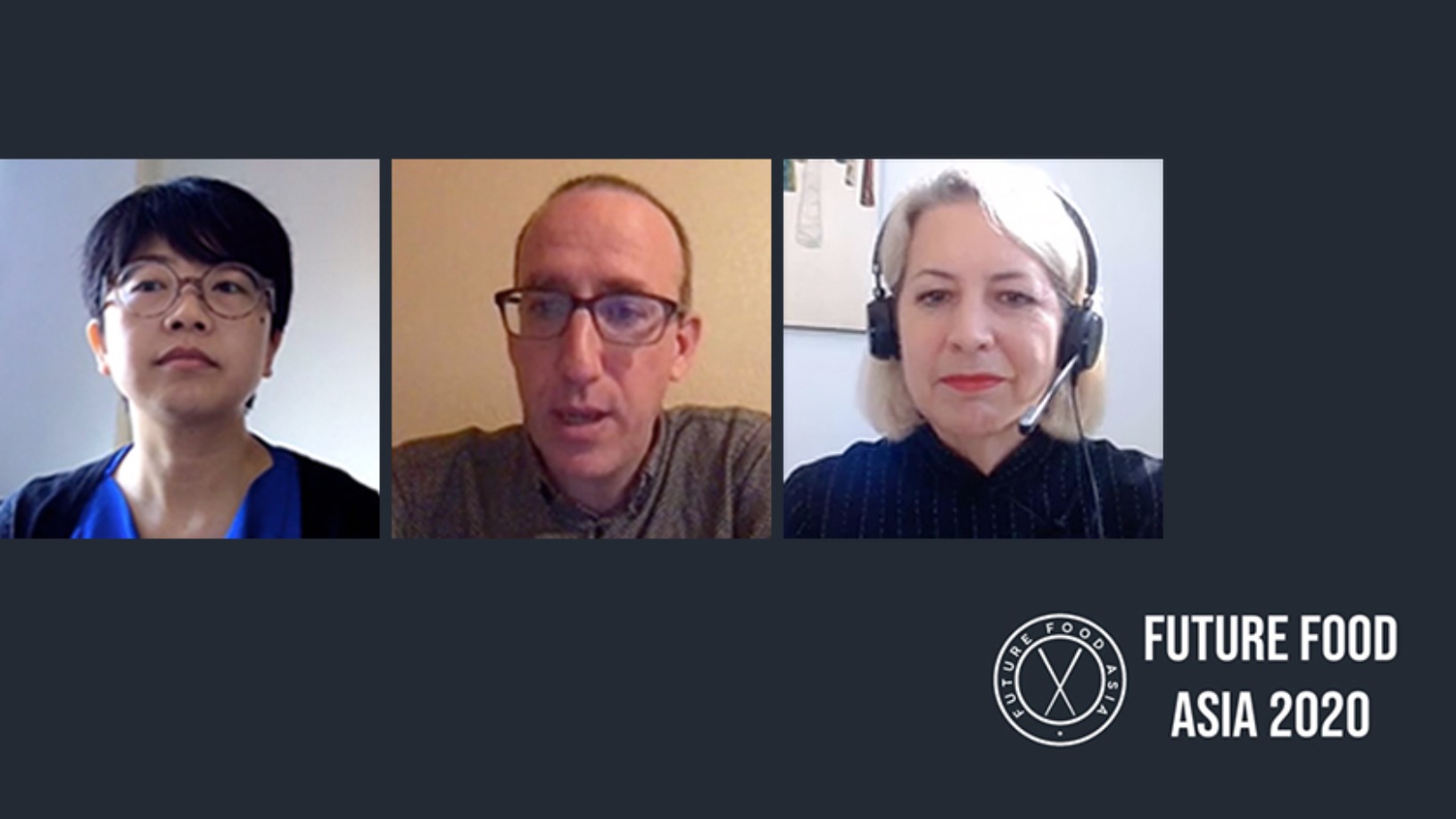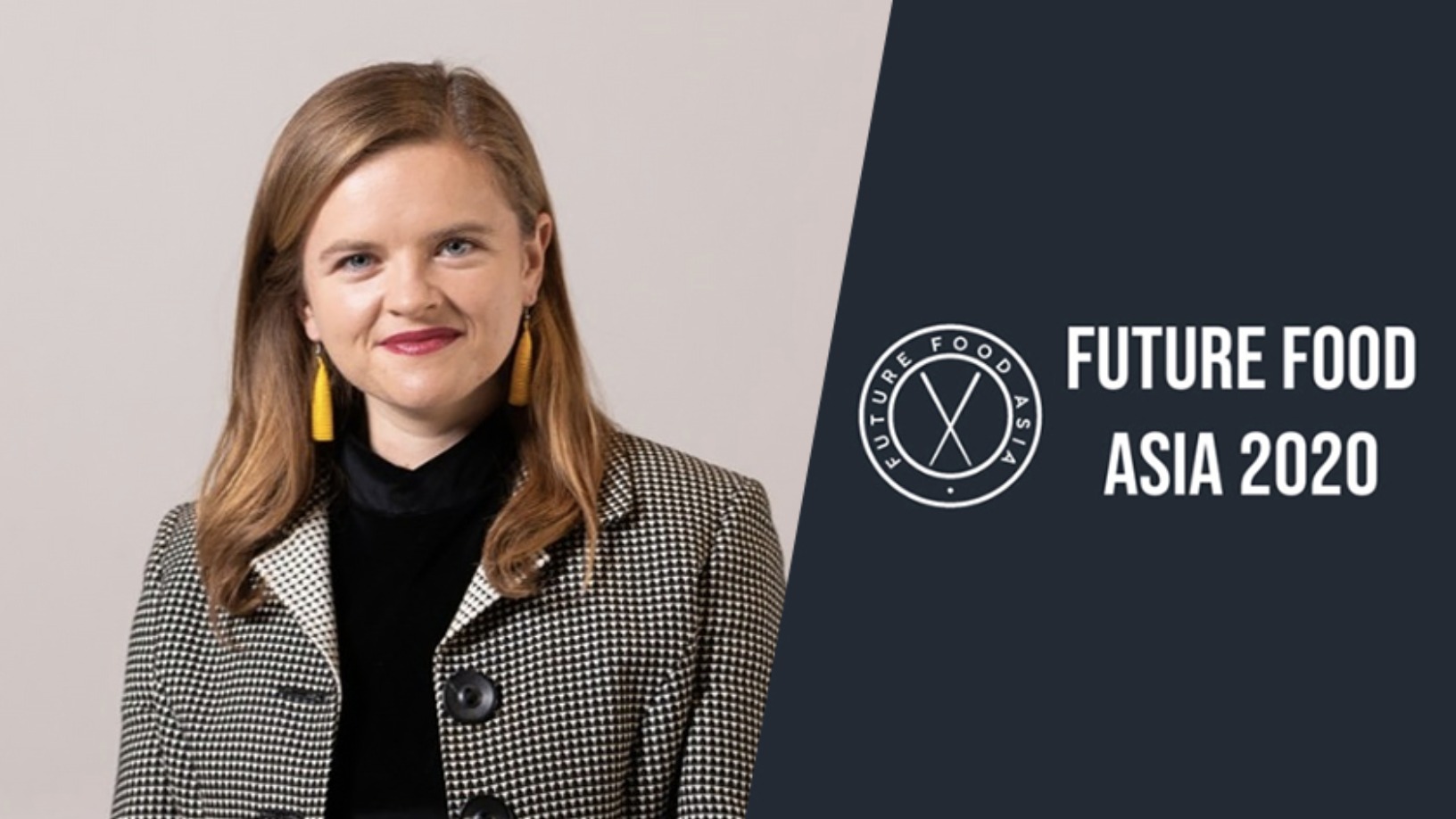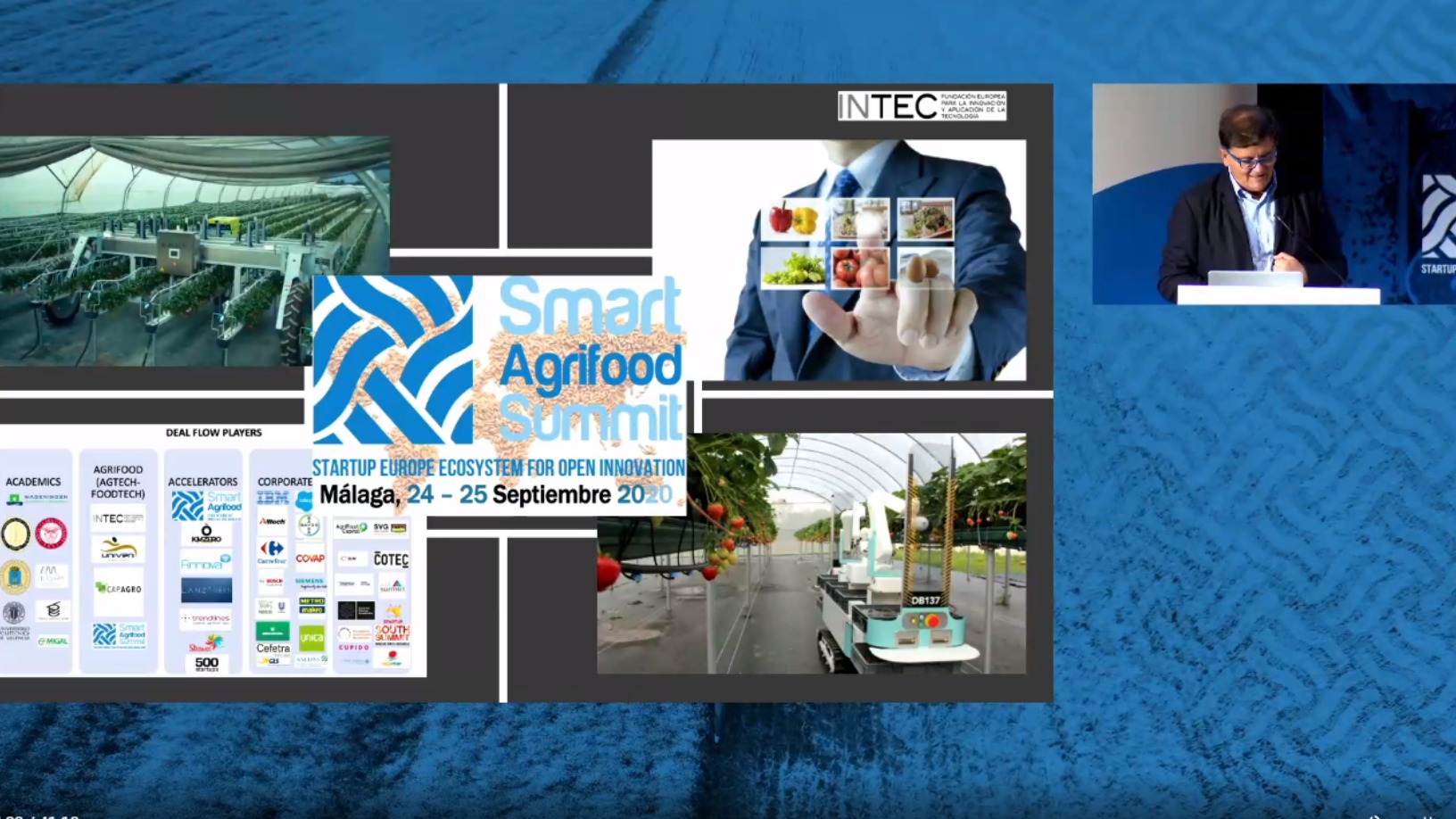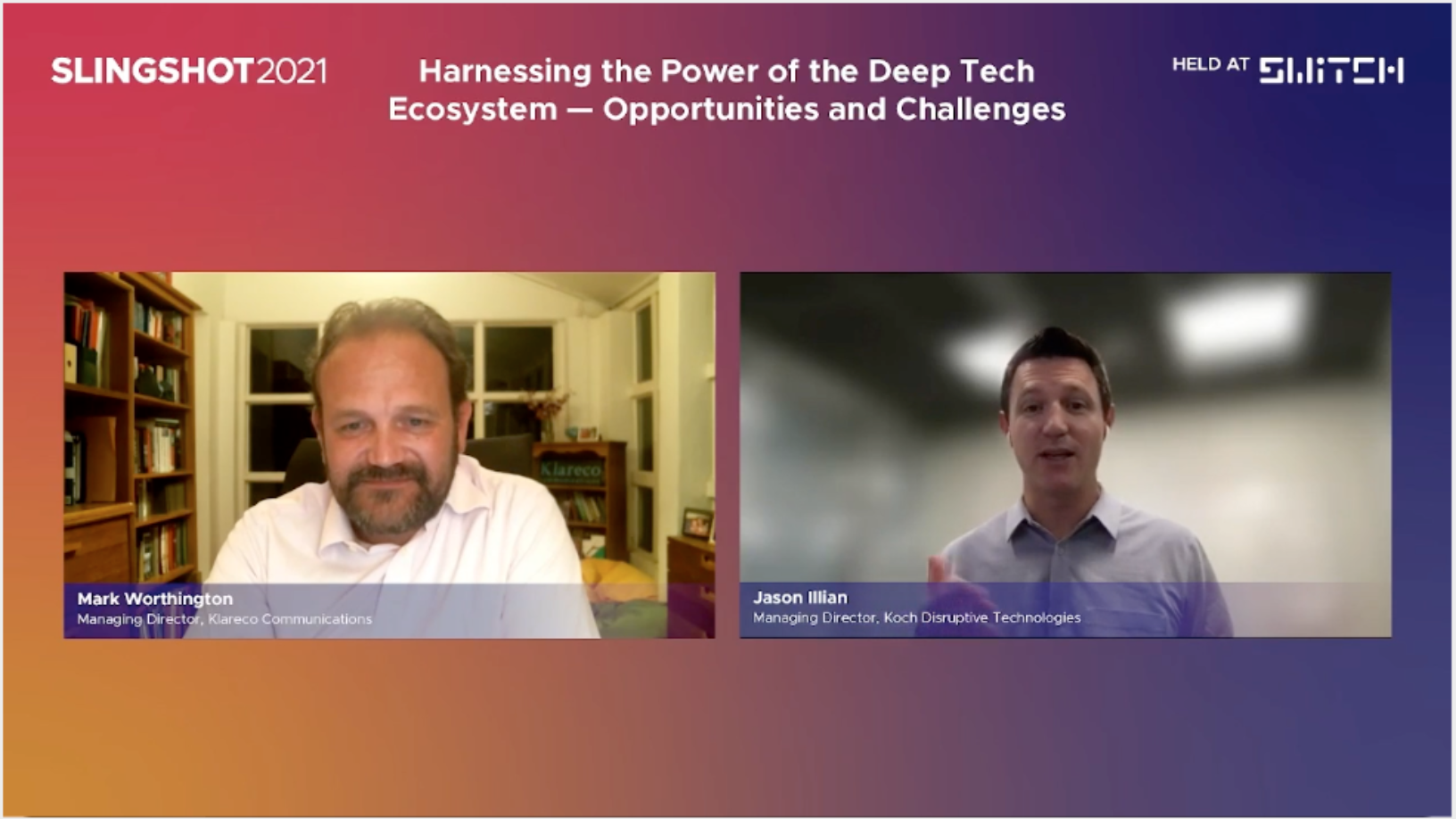Temasek Holdings is one of the world’s most active agrifood investors, with more than $5bn invested in the sector over the last five years. The Singapore state investment firm, which manages $306bn worth of assets, is raising its stakes in agrifood in Asia, seeking companies that target the fast-rising affluent middle class in Asian cities and their demand for better food.
In a panel discussion during the Future Food Asia 2020 online conference by ID Capital last week, Geraldine Goh, Director, Enterprise Development Group, of Temasek elaborated on the investor’s plans for Asian agrifood, including building a platform for startups to enter and scale in the market.
Goh was joined by Jiayu Zhang, Investment Principal at Continental Grain Company (CGC), a global investor and operator in the agrifood sector, with China as its main focus in Asia; and Michael Dean, Founding Partner of AgFunder; to discuss agritech investment opportunities in Singapore and China.
The following discussion has been edited for length and clarity.
Michael Dean: Could you give us an introduction of your investment focus?
Geraldine Goh: As an investor, we are very excited about the opportunities arising across the value chain of agrifood in light of two big trends: the need for more food and the need for better food. In Asia, there is also a growing base of new Asian consumers. They are young and affluent, and will shape and drive the demand and consumption patterns in Asia.
We are looking for opportunities to invest in, or partner with, startups and mature companies that create innovative and sustainable solutions in this area. Besides making investments, we actively work with them to grow and scale through our deep connections in Asia and across the agrifood value chain, leveraging our ecosystem across geographies and sectors to open up opportunities.
We're so excited about Asia’s potential that we intend to invest significantly to build an agrifood platform here
We're so excited about the potential of Asia that we intend to invest significantly to build an agrifood platform here. This platform will be looking to invest in promising brands and technology, as well as working with other stakeholders to enable the scale-up of promising technologies into products that Asian consumers really want.
Jiayu Zhang: China is the biggest market in Asia, and also a fast-growing market in the agrifood field. We now have two focuses while investing in this market: plug our global resources into China, and capture the unique opportunities there.
Singapore has spent a lot of time and money on developing an ecosystem where agrifood tech is sort of front and center, given that Singapore has some pretty well-known food security challenges. Geraldine, can you talk a little bit about the ecosystem and the three pillars that are focusing on alternative proteins, aquaculture and controlled environment agriculture? How effective has it been? And what role is Temasek playing?
Goh: First of all, I want to say that Singapore has some well-known food security challenges, but food security is not unique to Singapore, which just faces it in a more acute fashion.
If we look at the global agrifood trends, the global food demand is expected to increase by 60% by 2050. However, crop yields will be threatened by climate change, urbanization and soil degradation. So there's a global need to improve the entire food chain and to ensure food security for the world.
In terms of the innovations that Singapore's developing, it's not only to solve Singapore's own unique challenges, but they would have the potential to meet global needs. As an urban city, Singapore is representative of a lot of the growth that we expect to see in Asia in the next 10 years.
By 2030, Asia's population is going to be 250m larger – equivalent to an entire Indonesia. Meanwhile, about 65% of the world's middle-class population will reside in Asia, a lot of them in cities across Asia. Asia is really urbanizing faster than the rest of the world.
New Asian consumers belonging to the upper middle class, and residing in urban cities, have high purchasing power and are conscious of wellness and sustainability. Singapore is on the right track to develop innovative solutions and to test them here, but they will be eventually scaled across urban cities in Asia.
About the three pillars of alternative protein, aquaculture and controlled environment agriculture, I think they are the right areas of focus and will catalyze revolutions in the supply chain and production in the areas. These technologies for alternative protein and aquaculture will help us meet the growing demand for proteins with less environmental footprint. Controlled environment agriculture has already enabled the concept of farm-to-fork and really shortened the supply chain and created a more sustainable production of fresh produce.
Singapore is on the right track to develop innovative solutions and to test them here, but they will be eventually scaled across cities in Asia
In Singapore, I'm quite excited about the urban farming space. I think very soon, Singapore will hopefully get the accolade of having the most number of urban farms on a very small landmass. And many of these urban farms have sizable production capacity. The credit should be given to the Singapore government and the various agencies that aggressively support the development of these farms with their “30 by 30” scheme. This is an effort by Singapore to meet 30% of our nutritional needs by 2030.
On the innovation side, it’s getting more and more vibrant with many accelerators formed here. Temasek has invested into Big Idea Ventures and Trendlines. There are still many others that we are in contact with. It remains to be seen whether these innovations coming out from the accelerators will be able to scale successfully across Asia.
If I could offer two suggestions: first, beyond looking at these pillars, we could also think about fundamental transformative technologies such as genetics and bio-sciences. The second suggestion would be to continue to think about how the ecosystem can be enhanced to support not just innovation, but also innovation through the scale-up life cycle.
What’s happening in the innovation space in China’s agrifood space at the moment? What programs has the Chinese government implemented, if any?
Zhang: We have to admit that Singapore is more tech-driven. In China, farming is more traditional and the market is very fragmented. We now see a transformation from traditional agriculture to a modern one. That’s a very long way to go. Food security and modernization are two very important pillars in the whole process.
The Chinese government has offered some direct subsidies to the researchers and institutions whose research can be transformed into applications in the business world. In China, we also see a booming asset management business. So the government has established some government guidance funds, and invests 20% of the capital in the field for technology upgrades, which has attracted very innovative entrepreneurs in the area.
But I have to admit that we are still in a relatively early stage when it comes to smart farming, digital farming, and plant-based protein. Singapore, the US and Europe are ahead of the curve, while China is trying to chase the curve. That is the situation we are facing.
We are still in a relatively early stage when it comes to smart farming, digital farming, and plant-based protein
It’s interesting to see Temasek join Bayer to create Unfold which focuses on developing seedstocks for the future. Geraldine, could you tell us what’s the rationale for moving in that direction and how do you see Unfold rolls out over time?
Goh: Unfold is a new venture that Masek has started with Bayer, focusing on seed genetics for vertical farming. We have really been tracking this controlled environment agriculture space for a while and made investments across geographies.
Temasek is a very flexible investor that invests across the agrifood value chain, across geographies, and across different stages. We're quite excited about all the recent innovations for more efficient LED lights, for the rapid deployment of AI, machine learning and robotics. These have really opened up opportunities for controlled environment agriculture.
But unlike open field farming, where plants have to respond to different sunlight and different weather conditions, vertical farming is a whole different game. So far, as other investments have gone toward better environmental control, capture and analysis of datasets, and also the use of sophisticated robotics and automation, we find one missing piece in this very nascent industry – plants and seeds that are bred specifically for controlled environmental agriculture.
Today, a lot of farmers doing vertical farming just use the seeds that are meant for outdoor farming because that’s the only seeds commercially available to them. But we need specifically bred seeds to enable vertical farming to reach its potential.
When we started looking around for investment opportunities in this space, we didn't find any suitable one probably because there's a relatively high barrier to entry from a technical perspective. That prompted us to reach out to Bayer, a company that we've got a very close relationship with over the years and saw the same trend. Hence we decided to create the new venture, Unfold.
Going forward, as Unfold develops, we can start to expect better tasting food with higher nutritional density grown at vertical farms with less resources. We are going to be able to reduce the energy consumption and to shorten the crop cycles through the genetics that that we're going to be using.
When you look to advance your business in China or anywhere internationally, what innovations are you looking at, as an investor?
Zhang: In terms of tech-driven innovations in the agrifood space, China is behind the curve and still learning. What really excites me are the companies that could plug the globally leading technologies and innovations into the China market. China is the biggest market, attractive to everyone. But it’s also very challenging to find the right methods to apply the technologies and innovations here.
Meanwhile, there are some regulation barriers. If any company could solve the challenges, that’s the business model we are excited about. The innovation doesn’t have to be originally from China. It could also be a world-leading innovator working with a Chinese partner to penetrate the China market.
It could also be a world-leading innovator working with a Chinese partner to penetrate the China market
What type of technology is interesting to you and your operations in China? Do you have that sort of relationship with the regulators to allow you to bring in those technologies and those partnerships? What’s the risk profile like when people invest in a company going into China?
Zhang: Regarding the technology, we are looking at opportunities around the pillars I just mentioned, including plant-based protein that could provide sustainable food supply and drone technology that could help increase farming efficiency.
The market is very challenging from the regulation perspective. Take plant-based protein, for example. Some products have not been approved by the Chinese government, and some of the IPs have not been registered in China.
China is a very attractive market, but you’ve got to move smartly and find a way overcome two challenges: deal with the market and communicate with the government and the regulators. Sometimes they are behind the curve, and you have to educate them and find a way to persuade them.
Geraldine, how do you see the movement out of Singapore, out of the small market into the broader market?
Goh: It depends on the products that the companies are working on. But overall, I would say Singapore startups need to think about solutions that can meet the needs of new Asian consumers or even global consumers, and not just those in Singapore.
But focusing on Singaporean consumers is also a good start. Firstly, they are representative of this new Asian consumers, generally having higher purchasing power and very savvy about global trends. Secondly, Singapore has developed a reputation of trust and food safety over the years. From Singapore to other new urban markets, companies need to understand what products those Asian markets want. They need to know how to make this product and customize it for what the new Asian consumers.
Temasek has been thinking about building an agrifood platform that could help all startups enter and scale in Asia
Going to the markets and testing product-market fit are important. And the next part is how to bring these products to market. Interacting with regulators involves a whole new set of skills, but startups need to do so in order to be successful. It’s a lot of work for one startup to put in each time it wants to go into a different market.
That’s the reason why Temasek has been thinking about how we could build an agrifood platform that could help all startups – not just our investees – enter and scale in Asia, as well as entail enabling factors including consumer insights, access to pilot skill facilities, regulatory advice, marketing and advocacy. Those are what we could undertake as a whole industry together with other stakeholders.
Beyond enabling, we are also thinking hard about actual operating capabilities that will be needed by startups as a skill, whether it is in the era of coal manufacturing and value-added processing or automation. How can we curate a network of channel partners across different industries that will help startups understand the consumer needs in each of these markets and bring their products to market quickly?
Jiayu, what's your view on taking technologies into China? Are you prepared to bring early-stage technology into China and see how it goes?
Zhang: As I just described, China is still in an early stage. There's a lot of young talent globally, but for China, our talent pool in this field is not big enough. We are still trying to attract as many young talent as possible into this field.
About two years ago, we found a very interesting venture business. The entrepreneurs are from China, and had just finished their studies in Singapore with PhDs in fields like engineering. All of a sudden, they found their technology could be implemented in digital farming.
Meanwhile, China has the world’s largest pig population, so they wanted to apply their technologies on pig farms in the country. These young guys are not only tech-savvy, but also want to do some grassroots work to understand what China’s pig farmers need. We are very excited about such opportunities. So we backed them, and plugged our operational assets in China to help them better penetrate into the local pig farming industry. [Editor’s note: The smart pig farming startup CGC backed is SmartAHC.]
Globally, I think there are many talents who are really interested in the China market. They are very open-minded, and want to work with local partners, not necessarily CGC, but also those with very good ecosystems. What we are doing now is help those early-stage tech startups penetrate the big market in China.
Goh: Your story about how a group of students were educated in Singapore in engineering, and then went back to China to start a startup presents quite an interesting formula for success here. Through that education process, they have been exposed to innovation, and then as native Chinese they understand the needs and challenges in China, starting to think about how their technology can solve a problem. If they will need further help, I guess that’s where investors like CGC can come in on a large-scale operational level.
You may have a good idea and a good solution, but scaling up is a different ballgame. I think all of us have a role to play here as an investor, a government agency or an education institution. There's a lot we need to do to bring all these pieces together.
